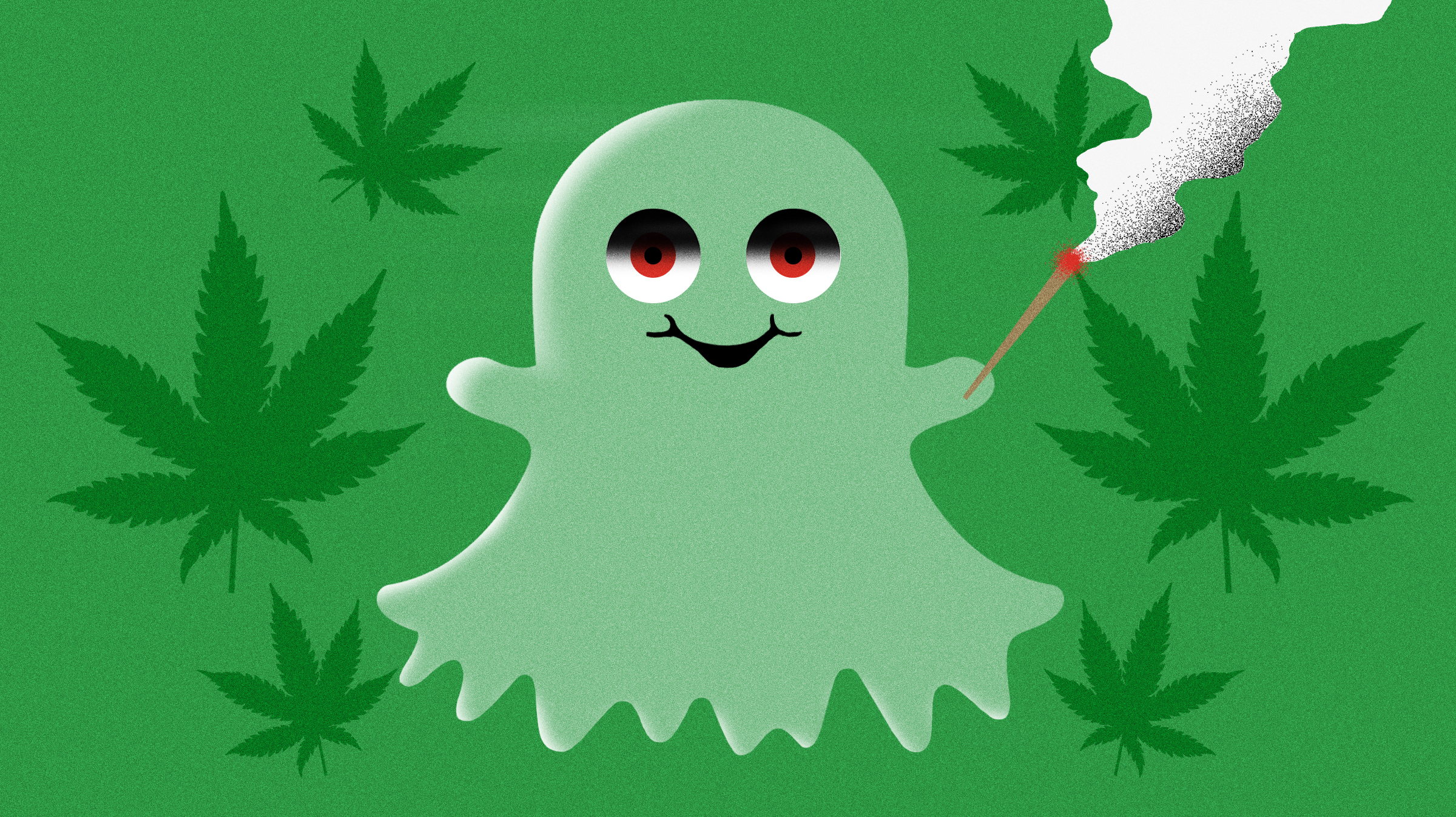


Our forward-looking revenue visibility remains limited, and our current year-over-year QTD revenue growth of 8% is well below what we were expecting earlier this year. The highly unpleasant sensation elicited by acute or chronic lack of sufficient food.Thank you for your patience as we have worked through our 2023 financial planning and reprioritization process. The longer-term physiological or cognitive signs of chronically deficient intake of energy or nutrients. Inadequate access to reliable sources of food or to resources to obtain food. By this definition, people are considered food insecure even when they have enough but acquired it through food banks, private charity, or means that are socially unacceptable or illegal. The lack of resources to obtain food, clothing, housing, and other necessities of life. In 2017, the United States defined the poverty threshold as $12 488 for an individual and $25 094 for a household of four people ( ). Public health consequences of poverty and food insecurityĬhildren and adolescents: higher risk of low birth weight, short stature, poor oral health, asthma, developmental delays, learning disabilities, behavioral and emotional problems, high-risk behaviors.Īdults: higher risk of obesity, type 2 diabetes, heart disease, stroke, depression, disability, poor oral health, reduced life expectancy ( ).ĭespite the evident value of SNAP to public health and to the economy, it is the target of critics across the political spectrum. Antihunger and public health supporters of SNAP want the program to do more and better: to increase enrollments and benefits and improve diet quality. 3 But opponents of government-supported welfare want SNAP to do less. They view the program as too bloated and expensive, and they charge that it encourages idleness, dependency, and fraud. 4 Although these charges do not hold up under scrutiny, opponents of SNAP control the power in today’s political environment.

Congress cannot get the votes to pass agricultural supports unless it simultaneously authorizes SNAP.īut before exploring the history of SNAP and its contested politics, it is worth reviewing some basic facts.Įven so, the program is protected against total destruction by the peculiar location of its authorizing legislation-in the Farm Bill (Pub L 115-334), the law principally designed to protect the interests of agribusiness. SNAP is indeed large and expensive: in 2018, it provided 40.3 million adults and children (one in eight Americans) with an average benefit of $125 per month-at a total cost of $60.8 billion in benefits and $4.4 billion in administrative expenses. SNAP is an entitlement anyone who qualifies on the basis of income and assets can obtain benefits, and enrollments rise and fall with changes in the poverty rate.ĥ SNAP is administered by the US Department of Agriculture (USDA) but dominates expenditures it accounts for about 65% of the agency’s budget-and nearly 80% of total Farm Bill expenditures. 6 Participants receive SNAP benefits via Electronic Benefit Transfer (EBT) debit cards administered through contracts between USDA and banks. SNAP is relatively permissive: participants may use EBT cards to buy any food, beverage, or food seed or plant but may not use those funds to buy alcoholic beverages, tobacco products, pet foods, dietary supplements, hot foods, or nonfood items (they can buy these items with their own money).


 0 kommentar(er)
0 kommentar(er)
